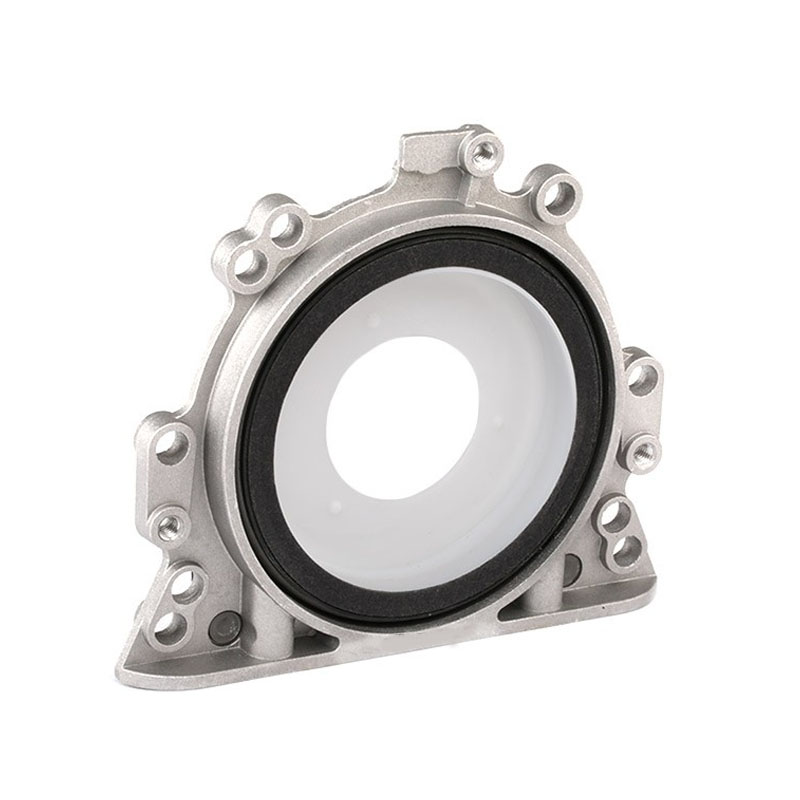Understanding the Importance of Engine Drain Plug in Vehicle Maintenance and Performance
Understanding the Engine Drain Plug Its Importance and Maintenance
The engine drain plug, often overlooked in the grand scheme of vehicle maintenance, plays a crucial role in ensuring the longevity and efficiency of an engine. Located at the bottom of the oil pan, this seemingly insignificant component is responsible for allowing the old oil to be drained out during an oil change, making room for new oil to circulate and lubricate the engine parts. While it may not be as glamorous as other engine components, understanding its function and maintenance can save car owners from costly repairs down the line.
The Function of the Engine Drain Plug
The primary function of the engine drain plug is to provide an outlet for the old motor oil to escape during an oil change. This process is vital because oil degrades over time, losing its viscosity and ability to properly lubricate moving parts. If old oil is not replaced regularly, it can lead to increased friction, overheating, and eventual engine damage. The drain plug serves as a vital point for this maintenance task, ensuring that the oil removal process is both efficient and straightforward.
Importance of Regular Maintenance
Regular oil changes are the backbone of engine longevity, and the drain plug's role in this process cannot be overstated. Typically, it is recommended that oil be changed every 3,000 to 5,000 miles, although modern synthetic oils can sometimes extend this interval. During an oil change, mechanics or car owners unscrew the drain plug to allow the used oil to flow out completely. Thus, ensuring that a clean and effective oil change is performed relies heavily on the condition and integrity of the drain plug.
Identifying Problems with the Drain Plug
Despite its robust design, engine drain plugs are not immune to wear and tear. Over time, it can become stripped, cross-threaded, or damaged, resulting in leaks. A leaking drain plug can lead to a significant loss of engine oil, which could potentially cause catastrophic engine failure if not addressed promptly. Additionally, if the gasket or washer is worn out, it may not create a proper seal, leading to further oil seepage.
engine drain plug

Car owners should be vigilant and periodically check the drain plug for any signs of leaks or damage. If oil is pooling beneath your vehicle or you notice a drop in your oil level, it’s crucial to investigate the condition of the drain plug. In cases where the drain plug is faulty, replacement is often a straightforward procedure and can be done by most mechanics or even DIY enthusiasts.
Tips for Maintaining Your Engine Drain Plug
1. Regular Inspections During oil changes, always inspect the drain plug for any signs of wear. A visual inspection can help catch the problem before it becomes more significant.
2. Use Proper Torque When reinstalling the drain plug after an oil change, ensure it is torqued to the manufacturer’s specifications to prevent stripping the threads.
3. Replace Washers Always replace the washer or gasket when changing the oil. These components are designed to ensure a tight seal; a worn washer can lead to leaks.
4. Seek Professional Help If there are persistent issues with the drain plug or subsequent leaks, do not hesitate to seek professional help. An experienced mechanic can diagnose and resolve underlying issues effectively.
In conclusion, while the engine drain plug may not be the most glamorous aspect of your vehicle, it is undoubtedly one of the most critical components for engine maintenance. Understanding its function, keeping it in good condition, and addressing any issues promptly can contribute to the overall health of your engine, ensuring a smoother and more efficient driving experience.
-
Understanding Automotive Oil Seals: Essential Components for Engine and Shaft Protection
News Jul.30,2025
-
The Importance of Heavy Duty Seals in Industrial and Residential Applications
News Jul.30,2025
-
Exploring Industrial Oil Seals: From Felt Oil Seals to TTO and CFW Solutions
News Jul.30,2025
-
Essential Guide to Oil Seals: From Radial to Metal-Cased Seals for Industrial Reliability
News Jul.30,2025
-
Choosing the Right Oil Seals and Gaskets for Industrial and Automotive Applications
News Jul.30,2025
-
Cassette Seals: Durable Sealing Solutions for Harsh Environments
News Jul.30,2025
-
Understanding the Front Main Engine Seal: Purpose, Maintenance, and Installation
News Jul.29,2025
Products categories















